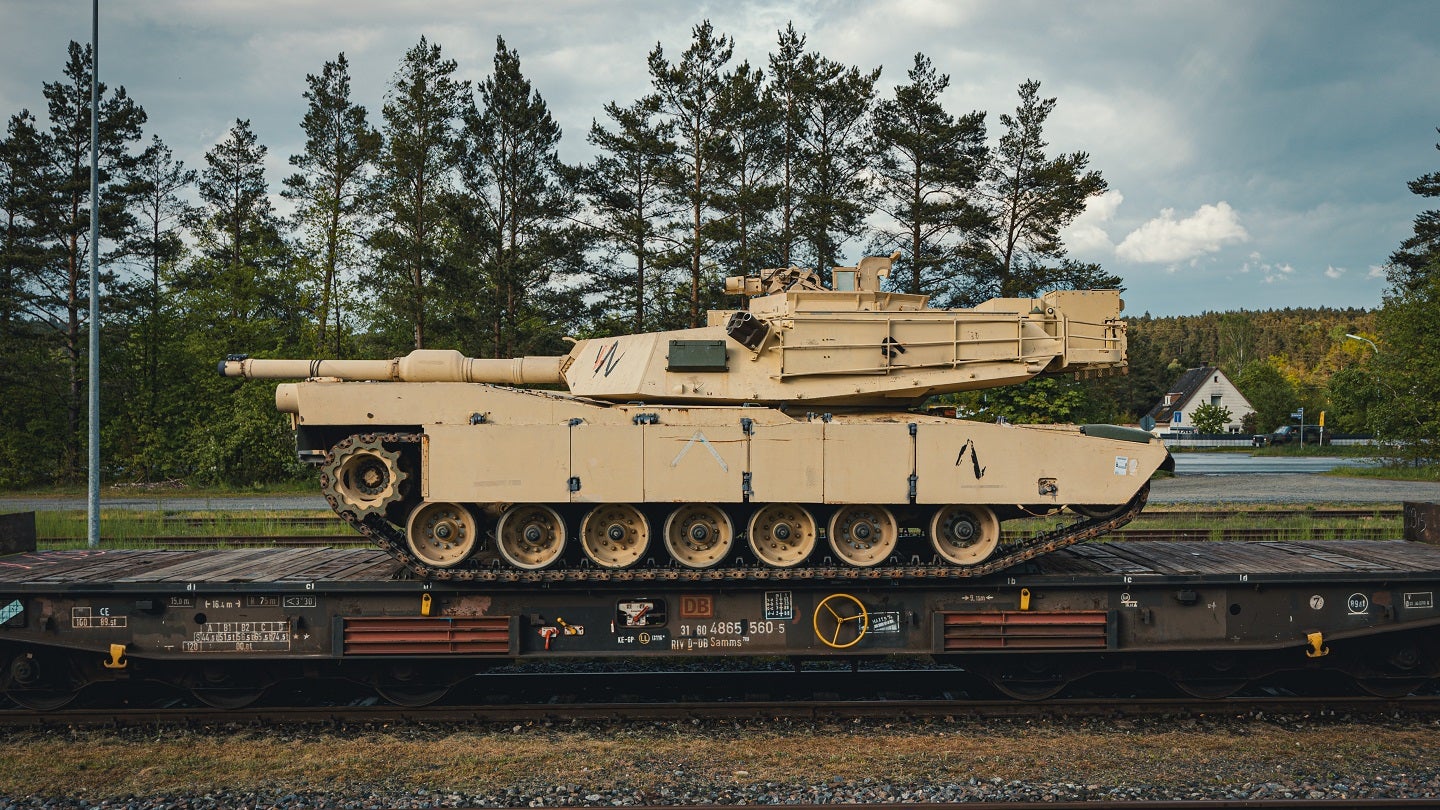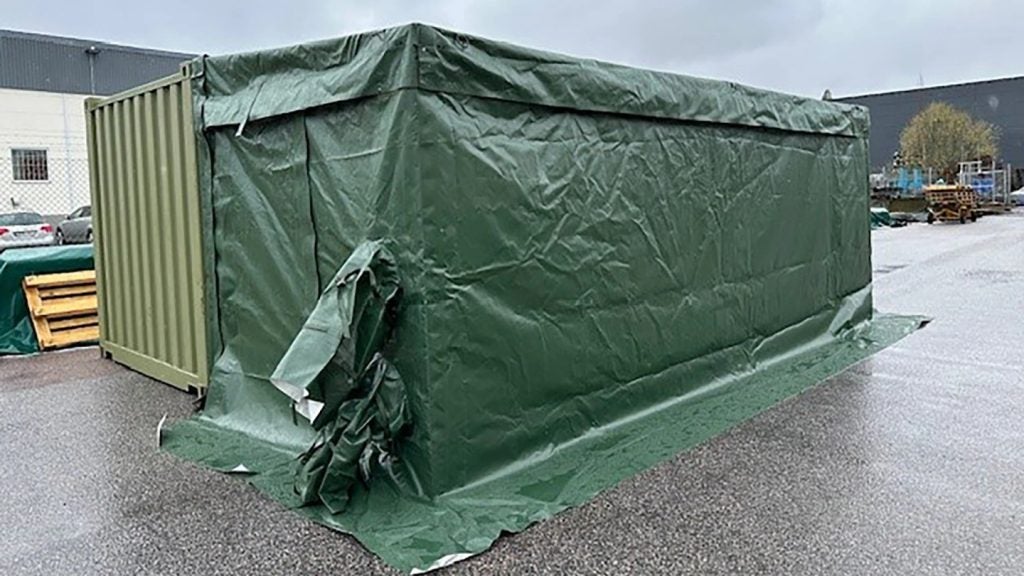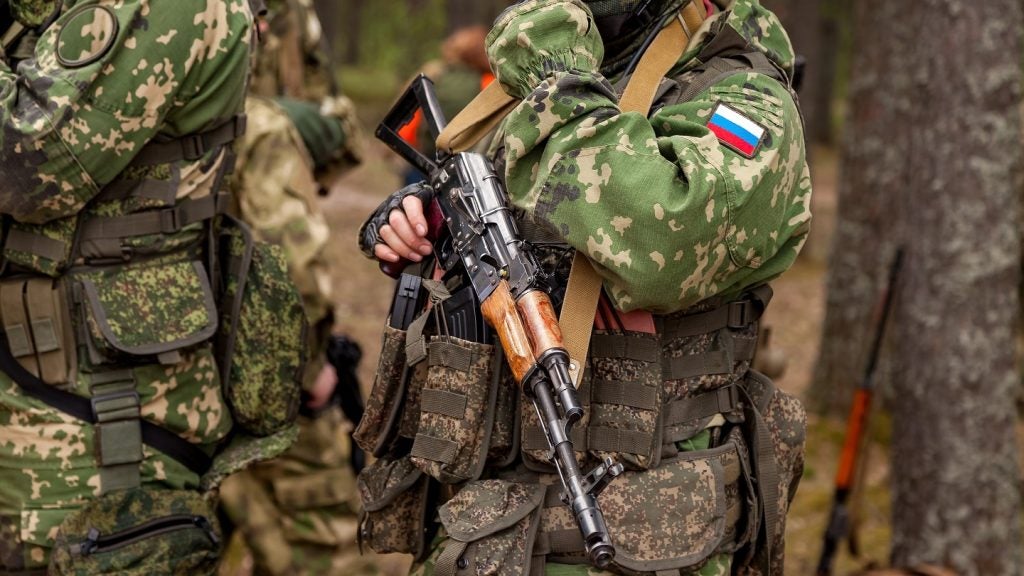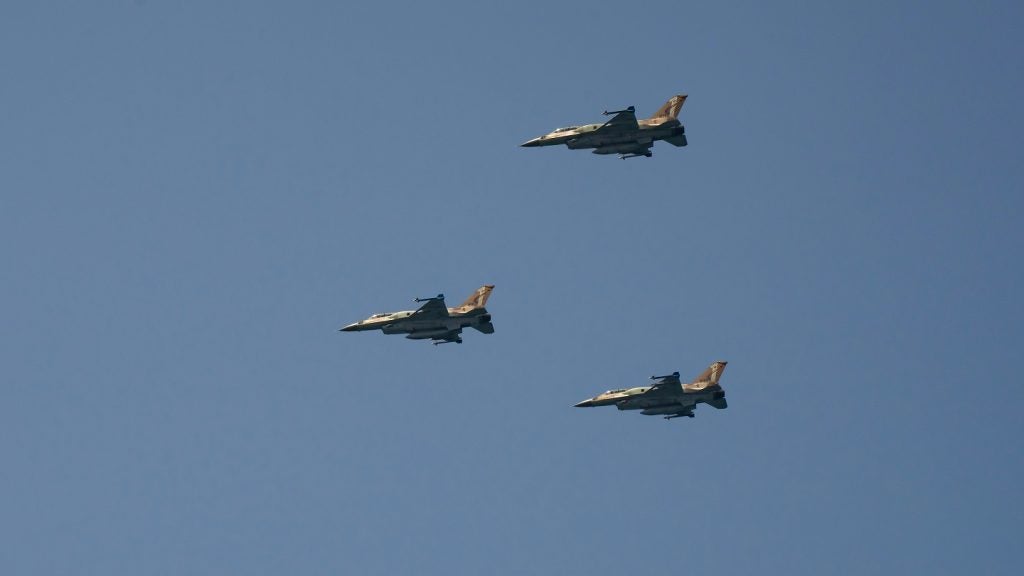
The first tranche of an eventual 31 US M1A1 Abrams tanks have finally arrived in Ukraine, eight months after first being promised and with Kyiv’s counteroffensive against Russia likely nearing a pause ahead of the onset of winter.
The provision of heavy armour to Ukraine by Nato allies has been critical to its ability to supports its offensive in the southeastern areas of the country currently occupied by Russia. While initially supplied as part of a drive to create combined arms warfare capability inside Ukraine, Western-supplied tanks have sustained significant losses in dense Russian minefields.
In September, the first UK-supplied Challenger 2 tank operated by Ukrainian forces was destroyed in offensive operations, the first ever loss of the type in combat.
Regarding the delivery of Abrams main battle tanks (MBTs) into Ukraine, Department of Defense (DoD) Press Secretary Sabrina Singh on 25 September “did not dispute” earlier comments from Ukrainian President Volodymyr Zelenskyy that the vehicles had arrived in-country.
“It’s the first tranche, or first batch of Abrams that have arrived in Ukraine,” Singh said, speaking to the Washington DC press.
The US DoD reported in May that the 31 Abrams “training tanks” had arrived at Grafenwoehr, Germany, in preparation for US-led training of Ukrainian tank crews and maintainers before the tanks were to be sent to the front lines.
In March, the US opted to switch the delivery to Ukraine of M1A2 Abrams main battle tanks to the simpler M1A1 version, in order to apparently expedite the provision of heavy armour with the first units now expected by the autumn. This was several months ahead of the delivery timeline for the more advanced M1A2 Abrams.
Washington’s announced provision of Abrams came after fellow Nato members, led by the UK, pledged to send their own tanks to Ukraine’s embattled forces, while European countries committed hundreds of Leopard 1 and Leopard 2 platforms. The 31 US M1A1 MBTs will be made up from excess hulls being kept in US inventories and modernised to an as-yet unknown Ukrainian configuration.
In addition, despite the DoD earlier stating that the US would not supply Ukraine with depleted uranium tank shells – unlike the UK which committed the munitions with its Challenger 2 provision – it performed yet another switch in September, confirming it would send the specialised anti-tank ammunition for use in the Abrams tanks.
The only capabilities publicly listed as being fitted to the Ukrainian M1A1 MBTs was a 120mm main gun and a 50-calibre heavy machine gun.
Analysing the respective capabilities of the A1 and A2 variants, it becomes clear that the older model is not as sophisticated as the newer version. While it is yet to be clarified what exact configuration the Ukrainian A1 MBTs will be modernised to, one of the key differentiators on modern battlefield is the necessity of modern optics and sights.
Ukraine deliveries at risk in US Government shutdown?
During the 25 September DoD briefing, asked about a looming potential US Government shutdown – caused by a political impasse in the US Congress – and how it might impact deliveries of necessary equipment to Ukraine, Singh said that such deliveries would continue but training could suffer.
“So, as you saw, [Nato mission to support Ukraine] Operation Atlantic Resolve, we’re exempting that from — we’re trying to keep equipment and supplies flowing but absolutely, things could be delayed when it comes to training. If any of [US DoD] personnel are furloughed, yes, that could have impacts to the larger mission,” Singh said.
“We hope Congress could avert, although it looks less and less likely every hour that passes, but it is something that we’re still managing and we’re trying to continue those — allow the flow of assistance to continue to go to Ukraine.”
US lawmakers have until midnight on 30 September to agree on a US Government funding bill, in which was contained another $6bn commitment to Ukraine. The US is the largest donor of military equipment and finances to Ukraine, totallig some $46bn at present.
However, Republican lawmakers have questioned how long US support for Kyiv can be maintained and the risk of an open-ended commitment to a war that might not be winnable for Ukraine. The upcoming 2024 US presidential elections will likely be based, in part, in how far to extend Washington’s support to Kyiv.
A 27 September statement released by the White House decried “extreme… Republicans” who it said were “playing games with peoples’ lives”.







